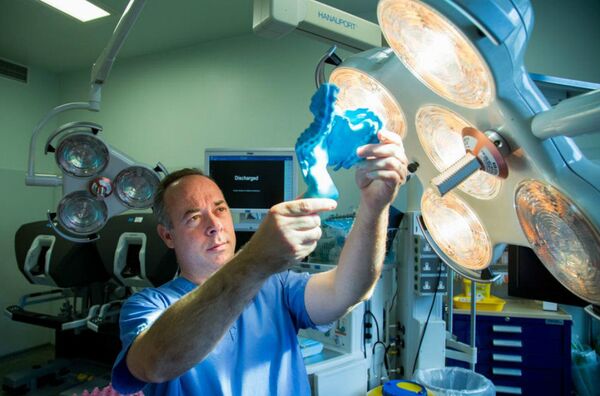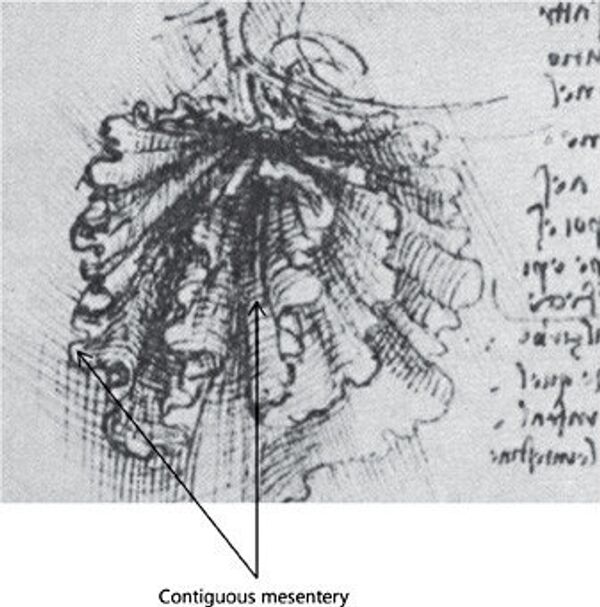Earlier this month, researchers in Ireland caused a stir by announcing the discovery of a new organ in the human body, known as the mesentery.
The mesentery is located in our digestive systems, and for hundreds of years scientists thought it was made up of fragmented, separate structures. One of the earliest depictions of the mesentery was by Leonardo da Vinci in around 1508.
"In the paper, which has been peer reviewed and assessed, we are now saying we have an organ in the body which hasn't been acknowledged as such to date," said J. Calvin Coffey, co-author of the research paper published in The Lancet Gastroenterology & Hepatology.
"The anatomic description that had been laid down over 100 years of anatomy was incorrect. This organ is far from fragmented and complex. It is simply one continuous structure."
Coffey said that classifying the mesentery as an organ has opened a new field of science.

However, some scientists disagree with the reclassification of the mesentery. They argue that research can be carried out regardless of whether the body part is considered an organ or not.
"It is possible to investigate what further role is played by the mesentery – this question is not yet understood. You can investigate what fat cells do, what is being stored in them and what hormones they react to. Whether you call this the mesentery or an organ, it doesn't really matter," Foelsch said.
"In my opinion, this debate is for the most part unnecessary. We are talking about certain types of cells located in this part of the body. If somebody wants to call a certain type of cell an organ, why not? If you want to, you can also engage in the relevant research. But that research doesn't depend on whether it is considered an organ or just an accumulation of body cells," the professor explained.




